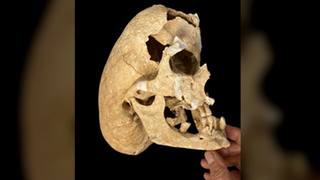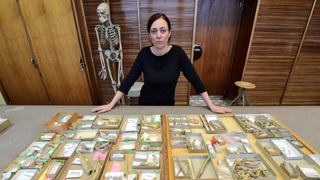
Kristina Killgrove
Kristina Killgrove is a staff writer at Live Science with a focus on archaeology and paleoanthropology news. Her articles have also appeared in venues such as Forbes, Smithsonian, and Mental Floss. Kristina holds a Ph.D. in biological anthropology and an M.A. in classical archaeology from the University of North Carolina, as well as a B.A. in Latin from the University of Virginia, and she was formerly a university professor and researcher. She has received awards from the Society for American Archaeology and the American Anthropological Association for her science writing.
Latest articles by Kristina Killgrove
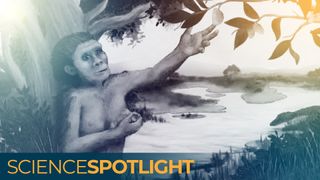
We now know much more about how our ancestor 'Lucy' lived — and died
By Kristina Killgrove published
Fifty years after a fossil skeleton of Australopithecus afarensis was unearthed in Ethiopia, we know so much more about how this iconic species lived and died.
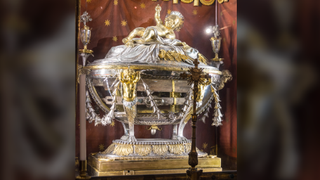
Reliquary of the Holy Crib: Remains of Jesus' manger from Bethlehem
By Kristina Killgrove published
Five pieces of wood in a silver-and-gold container at a basilica in Rome may be the remains of the manger Jesus was laid on when he was born.

1,400 years ago, Nubians tattooed their toddlers. Archaeologists are trying to figure out why.
By Kristina Killgrove published
More than a dozen mummies of kids with facial tattoos were found at an archaeological site in Christian-era Nubia.
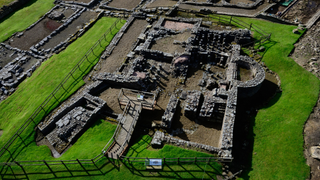
Diarrhea and stomachaches plagued Roman soldiers stationed at Hadrian's Wall, discovery of microscopic parasites finds
By Kristina Killgrove published
Analysis of latrine sediments at the Roman fort of Vindolanda has revealed that at least three parasites were widespread among Roman soldiers.
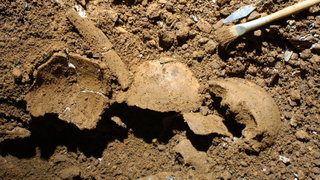
Oldest known evidence of father-daughter incest found in 3,700-year-old bones in Italy
By Kristina Killgrove published
Archaeologists have found the earliest DNA evidence to date of a father-daughter pairing.

Detectorists find Anglo-Saxon treasure hoard that may have been part of a 'ritual killing'
By Kristina Killgrove published
These Anglo-Saxon accessories were recovered from the side of a hill in England and may be from a hoard, a ritual deposit or a collection of stolen items.

5,000-year-old dog skeleton and dagger buried together in Swedish bog hint at mysterious Stone Age ritual
By Kristina Killgrove published
Five millennia ago, ancient fishers buried a dog alongside a dagger in a lake bed. Archaeologists are trying to figure out why.
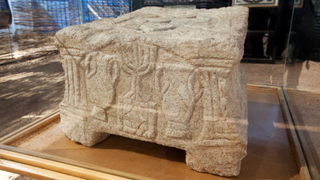
Magdala stone: 2,000-year-old carving from Jerusalem is world's oldest known depiction of a menorah
By Kristina Killgrove published
A pilgrim who visited the Second Temple in Jerusalem may have carved their memories into a limestone block for another synagogue.
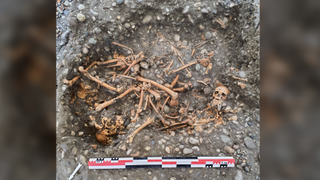
16th-century gallows and dozens of skeletons discovered in France
By Kristina Killgrove published
Archaeologists have identified a 16th-century gallows structure and nearly a dozen mass burial pits in Grenoble, France.

'They had not been seen ever before': Romans made liquid gypsum paste and smeared it over the dead before burial, leaving fingerprints behind, new research finds
By Kristina Killgrove published
Fingerprints on a Roman burial hold new clues to an unusual liquid gypsum funeral ritual.

'It is the most exciting discovery in my 40-year career': Archaeologists uncover evidence that Neanderthals made fire 400,000 years ago in England
By Kristina Killgrove published
Archaeologists have found the earliest evidence yet of fire technology — and it was created by Neanderthals in England more than 400,000 years ago.

Ash Pendant: The only known depiction of a pregnant Viking woman
By Kristina Killgrove published
The Ash Pendant was discovered in a Viking Age burial mound in Sweden and may have been used by a female shaman.
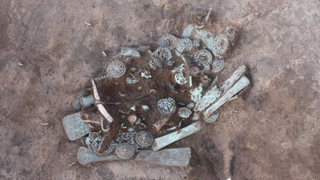
2,400-year-old 'sacrificial complex' uncovered in Russia is the richest site of its kind ever discovered
By Kristina Killgrove published
The "sacrificial complex" contained hundreds of bits of horse bridles and bronze beads, revealing a new aspect of ancient nomadic peoples' funeral rituals.
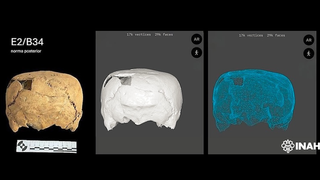
Unusual, 1,400-year-old cube-shaped human skull unearthed in Mexico
By Kristina Killgrove published
Archaeologists discovered an unusually flat-topped skull at a pre-Hispanic Mesoamerican site.
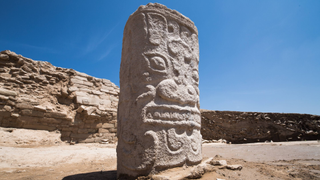
Male human heads found in a 'skull pit' in an ancient Chinese city hint at sex-specific sacrifice rituals
By Kristina Killgrove published
A genetic study of 80 skulls found at a Stone Age city in China has revealed that the sacrificed people were mostly men, in contrast to previous assumptions.
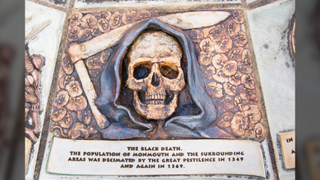
Volcanic eruption triggered 'butterfly effect' that led to the Black Death, researchers find
By Kristina Killgrove published
A volcanic eruption in 1345 may have kicked off a series of events that led to the Black Death sweeping through medieval Europe.
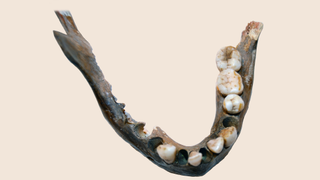
'An extreme end of human genetic variation': Ancient humans were isolated in southern Africa for nearly 100,000 years, and their genetics are stunningly different
By Kristina Killgrove published
Ancient genomes from southern Africa show that people evolved in isolation for upward of 100,000 years.
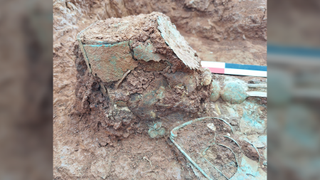
Elaborate 2,700-year-old tomb in Greece contains burial of a woman with an upside-down crown
By Kristina Killgrove published
A lavish tomb of a noblewoman discovered in ancient Greece includes a mysterious symbol of lost power.
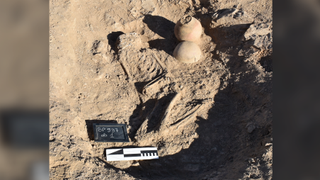
'We do not know of a similar case': 4,000-year-old burial in little-known African kingdom mystifies archaeologists
By Kristina Killgrove published
Remains of what was likely a funeral feast were discovered in a 4,000-year-old jug in Africa.

Roman sun hat: A 'very rare' 1,600-year-old brimmed cap that may have protected a Roman soldier from Egyptian sandstorms
By Kristina Killgrove published
A rare example of a sun hat from late Roman Egypt that was stitched together from fabrics in five colors.

Modern humans arrived in Australia 60,000 years ago and may have interbred with archaic humans such as 'hobbits'
By Kristina Killgrove published
New genetic research shows that DNA and archaeological evidence align with the "long chronology" of the peopling of Australia.
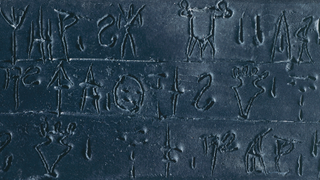
Archaeology Fragments Quiz: Can you work out what these mysterious artifacts are?
By Kristina Killgrove published
Break out your best magnifying glass to solve these visual archaeology puzzles.

2,000-year-old gold ring holds clue about lavish cremation burial unearthed in France
By Kristina Killgrove published
A lavish cremation tomb found in France may point to funeral rites for an adolescent boy.
Get the world’s most fascinating discoveries delivered straight to your inbox.
